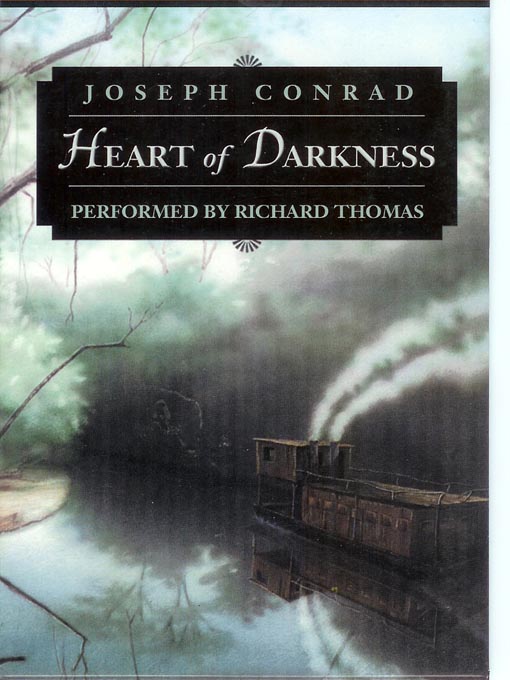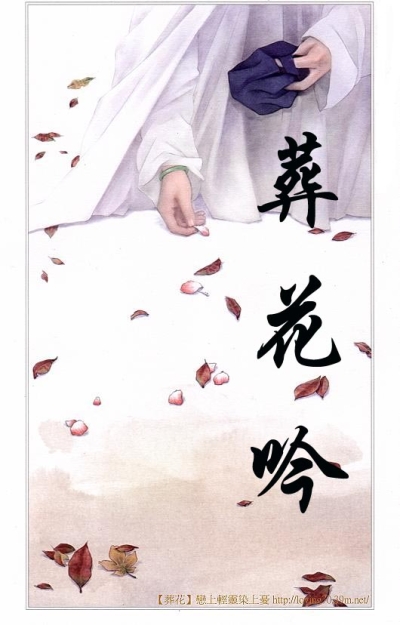 Above is a picture from a recent production of Nigerian playwright Biyi Bandele's adaptation of Oroonoko. I hope that this play comes to the D.C. area!
Above is a picture from a recent production of Nigerian playwright Biyi Bandele's adaptation of Oroonoko. I hope that this play comes to the D.C. area!Back to our study guide.

Oroonoko (1688) -- connections between this novel & Things Fall Apart or Heart of Darkness, Oroonoko as heroic figure, early novel/Behn as pioneering woman/novel author...or is it a novel?!, Oroonoko as Abolitionist text (or not), primitive vs. civilized, myth of the Noble Savage, genre, cultural contact, relationship between Oroonoko & narrator, relationship between Oroonoko & Imoinda, Behn's depiction of Africa, Behn's depiction of Surinam
Candide (1759) -- what is funny? what is disturbing?, satire exposing problems, satire as a problem/solution paper, picaro, philosophies, initiation as a theme, Candide's humor, objects of satire, Voltaire's depiction of Paris, Candide's relationship with Cunegonde, his relationship with Pangloss, his relationship with Martin, the ending -- why is Candide's commune in the Ottoman Empire?, treatment of women & lower-class in this satire
 Recently Chicago's Steppenwolf Theater staged Harriet Jacobs, Lydia R. Diamond's play based on Incidents and Ms. Jacobs' life. Above is a picture from the play's rehearsal; below is a video of a rehearsal:
Recently Chicago's Steppenwolf Theater staged Harriet Jacobs, Lydia R. Diamond's play based on Incidents and Ms. Jacobs' life. Above is a picture from the play's rehearsal; below is a video of a rehearsal:http://www.youtube.com/watch?v=1ilWF-Fjrgk
Incidents in the Life of a Slave Girl (1861)-- life writing, slave narrative, 19th c. vs. 18th c., Virginia Woolf's description of the 19th c. from Orlando, slave narrative as argumentative or persuasive writing, Jacobs' expectations for women, her treatment by her owners, her sense of audience, her narration and use of asides to the reader, ending of narrative, how does she feel about her daughter knowing who her father was?
The Interesting Narrative of the Life of Olaudah Equiano (1789) -- life writing, slave narrative, the popularity of this work, slave narrative as argumentative or persuasive writing, Equiano's Christianity, his relationship with Capt. Pascal, Equiano was a slave in Africa as well, Equiano as narrator, Equiano was from what is now Nigeria

Jane Eyre -- what was controversial about this novel, its narrator
"Stale Mates" (1955, written in the US & in English) -- set in Hangzhou (a picturesque city in Southern China) during the 1920s, the Warlord Era, what does it mean to be modern?, can one be modern?, Zhang Ailing's depiction of polygamy, the narrator and her attitude towards the characters, men & women, depiction of tradition
Raise the Red Lantern (1991, film) -- set in the north of China during the 1920s, what does it mean to be modern? what does it mean to be traditional?, Zhang Yimou's depiction of women & of polygamy, visual/aural impact, relationship among the wives, relationship between Songlian and her maid Yan'er, is Master Chen a nice guy, a nice jerk, or a jerk?, what do you make of the ending?
 The Story of a Stone/Dream of the Red Chamber (written 1740 to 1750, published 1791, the English translation is in five volumes!) -- frame narrative, Daoist novel, extended family, triangle among Bao-Yu, Bao-Chai, and Dai-Yu, Bao-Yu was a stone in a previous life; Dai-Yu was Diamond Pearl, debt of tears, how do we respond to Bao-Yu (he is moody, prefers to be with women, hates to study, and is interested in clothes and makeup), Bao-Yu's relationship with his father, Jia Zheng (a more traditional man, a scholar and civil servant), role of nature, Bao-Yu's relationship with his grandmother
The Story of a Stone/Dream of the Red Chamber (written 1740 to 1750, published 1791, the English translation is in five volumes!) -- frame narrative, Daoist novel, extended family, triangle among Bao-Yu, Bao-Chai, and Dai-Yu, Bao-Yu was a stone in a previous life; Dai-Yu was Diamond Pearl, debt of tears, how do we respond to Bao-Yu (he is moody, prefers to be with women, hates to study, and is interested in clothes and makeup), Bao-Yu's relationship with his father, Jia Zheng (a more traditional man, a scholar and civil servant), role of nature, Bao-Yu's relationship with his grandmother
 These are the works that will be on the midterm:
These are the works that will be on the midterm:


 Out-of-Class Essay #1– Due March 27, 2009
Out-of-Class Essay #1– Due March 27, 2009 Presentation (to be scheduled anytime before Jan. 29 and May 5—except for the days of the midterm)
Presentation (to be scheduled anytime before Jan. 29 and May 5—except for the days of the midterm)